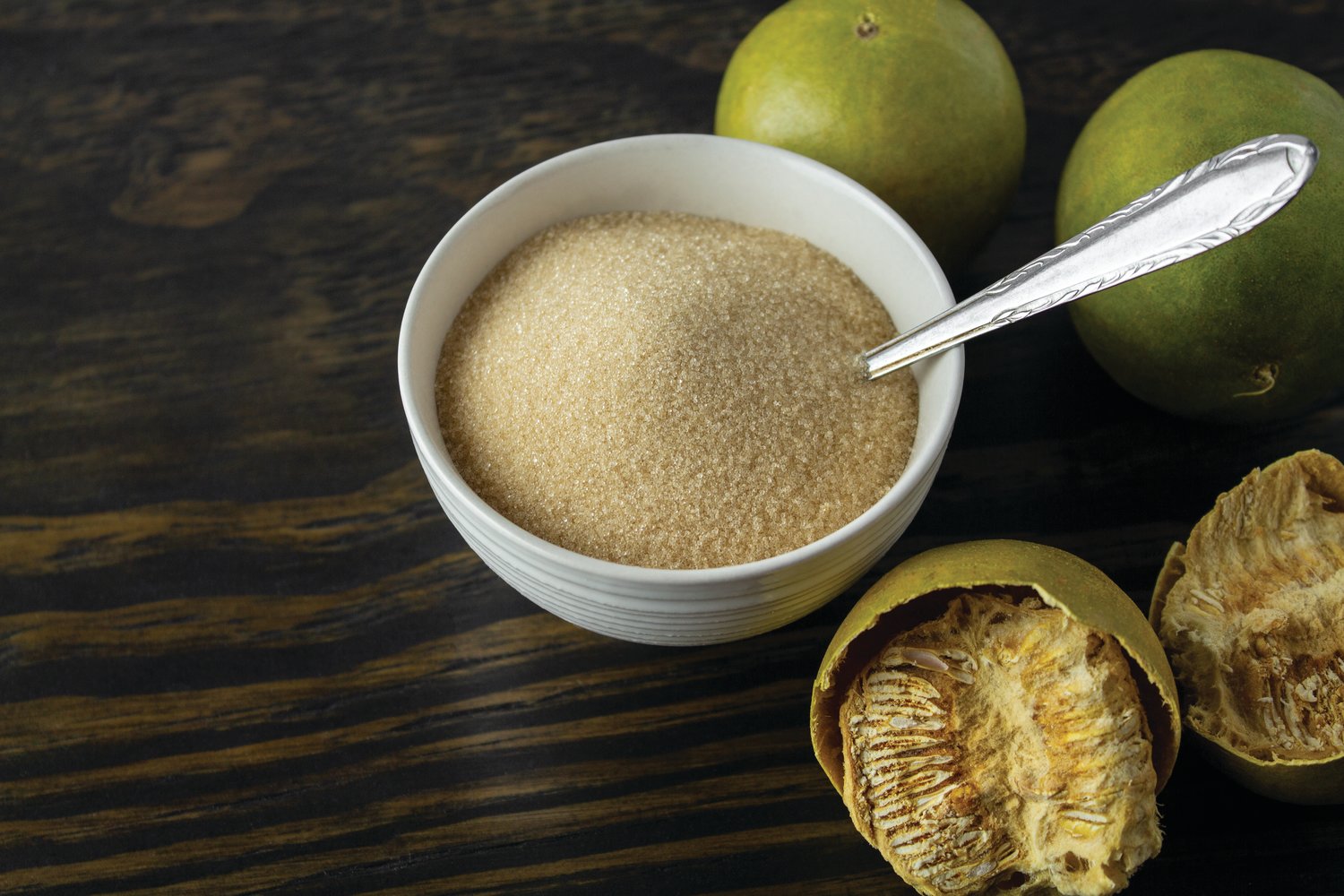Creamy and sweet, frozen treats are the essence of summer. They delight our taste buds, cool us down, and the flavor combinations! The problem is too much sugar and empty calories, but what if we …
This item is available in full to subscribers.
We have recently launched a new and improved website. To continue reading, you will need to either log into your subscriber account, or purchase a new subscription.
If you had an active account on our previous website, then you have an account here. Simply reset your password to regain access to your account.
If you did not have an account on our previous website, but are a current print subscriber, click here to set up your website account.
Otherwise, click here to view your options for subscribing.
* Having trouble? Call our circulation department at 360-385-2900, or email our support.
Please log in to continue |
|

Creamy and sweet, frozen treats are the essence of summer. They delight our taste buds, cool us down, and the flavor combinations! The problem is too much sugar and empty calories, but what if we could have frozen yumminess without the consequences? I have just the ingredient. Let me introduce you to my friend monk fruit. A sweetie without heartache.
In my family, we can’t sleep or we get the blues when we eat too much sugar. We’ve whittled our intake down to a pound a year.
It’s taken years of lifestyle shifts, but we’re happier for it. My husband still loves his daily doses of maple syrup and honey, but I stick to fruit and use monk fruit powder for everything else. I don’t miss the sugar, and with so many diabetics in my family it’s a smart move.
If you’re unfamiliar with monk fruit, I’d encourage you to try it. Before a friend introduced me, I used stevia, but I’m not keen on its aftertaste. Monk fruit doesn’t have any. It’s pricey, but one teaspoon will make a sweet cake, equivalent to two cups of sugar, so a 100 gram container will last me half a year.
Monk fruit or in Chinese, lo han guo, is a small green melon native to southern China. It’s named after the monks who first cultivated it, and it’s used in Traditional Chinese Medicine. The pure powder is an extract of the dried fruit, and is 250 times sweeter than table sugar. It has zero calories, and won’t raise your blood glucose level. This is a lifesaver, because now I can enjoy sweet treats along with everyone else.
Many alternative sweeteners have side effects like gas or bloating, but not monk fruit. I have used it for five years and it’s changed the way I cook. I use it in cakes, cookies, breads, and pies. I make homemade iced fizzy drinks with my soda stream: a pinch of monk fruit, vanilla extract and carbonated water poured over ice.
During the recent heat wave, I filled paper cups with water, monk fruit and vanilla, then froze them into giant ice cubes. I’d pop one in my glass, pour fizzy over and slurp away with my new stainless steel and silicone straws bought especially for summer drinks. Love those straws.
There are ways to get tantalizing taste without compromising our health. Monk fruit is an excellent workaround and you’ll often find it in my recipes.
When you use sugar, choose the most flavorful type. I like unprocessed coconut sugar because it has a beautiful caramel flavor when baked.
Use 2 tablespoons of coconut sugar in a cake with 1 teaspoon of monk fruit powder and the caramel flavors will still come through.
Dates reduced to a paste will also caramelize when baked.
Add salt to sweets. This will help bring out its natural flavors. It’s especially important to have a salty element in frozen desserts.
Makes 40.
2/3 cup pitted deglet dates
¾ cup pecans
¼ cup ground flax seed
1 teaspoon cinnamon
1 teaspoon fresh ginger paste, or finely minced
2 tablespoons coconut oil
2 teaspoons vanilla extract
1 cup cashew, preferably raw, but if using roasted nuts then wash off the salt
13.5 ounce can, unsweetened, full fat, coconut milk
2½ cups blueberries, fresh or frozen
Juice and zest of two lemons (½ cup)
1/3 cup maple syrup, or raw honey, or for sugar-free (1 teaspoon monk fruit powder + 1 tablespoon maple syrup)
1/3 cup coconut oil
¼ teaspoon sea salt
Add the base ingredients to a food processor. Grind them until a sticky mass forms and the motor stalls.
Line mini muffin tins with paper liners. Press 1 teaspoon of the base flat, into the bottom of each paper. You will need 40 liners. You can improvise with other small molds if you don’t have enough muffin tins, or just fill the liners. Be aware that they won’t hold their shape as well.
Using a high speed blender like a Vitamix, blend all of the filling ingredients together for
1 minute, or until creamy and smooth. If you are using a standard blender, then puree for 3-5 minutes or until creamy and smooth. If using a standard blender, it would help to soak the filling ingredients together in the fridge for 3-4 hours to soften the cashews.
Using a small measuring cup, ladle the filling into the muffin cups. I used about 1½ tablespoons per cup. You will have extra filling, so make a few without a base.
Freeze them in the tins for 1½ hours. I layered cardboard between the tins and stacked them. When they’re frozen, store in freezer bags and enjoy. They’ll taste best when creamy and slightly thawed.
(Sidonie Maroon is culinary educator at The Food Co-op, Abluedotkitchen.com. Get more Monk fruit recipes with local blueberries available at www.foodcoop.coop/recipes.)